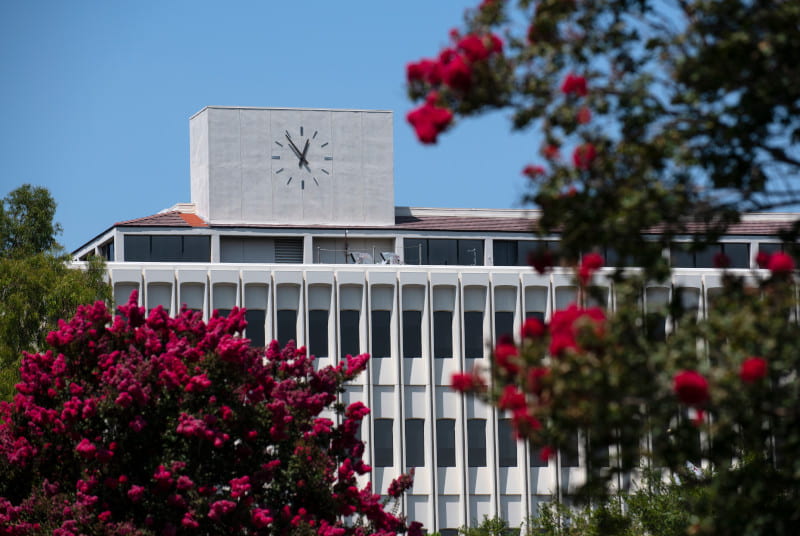Shooting for the stars
Mexican Space Agency hopes partnership with UCI will help develop program’s ‘human capital’

The first surprise, at least for many in the United States, is that Mexico has a space agency. It was formally created in 2010, with operations beginning in November 2011.
And our neighbors to the south have a few more surprises. They’ve orchestrated one satellite launch already this year, and two more are planned in the months ahead. Two astronauts of Mexican heritage have made it into space – on 1985 and 2009 space shuttle missions.
Mexican scientists have tested rocket components using balloons. And the nation boasts a burgeoning number of engineering graduates as well as a vibrant aerospace industry – one poised to devote ever-increasing resources to space science and technology.
“We will be more than happy to start thinking about a possible collaboration between UCI and the Mexican Space Agency,” Francisco Javier Mendieta Jimenez, director-general of the 3-year-old organization, told professors, students and reporters during a talk on campus last week.
Because government funding for the Agencia Espacial Mexicana is modest – 120 million pesos, or a little less than $8 million – such partnerships are essential. The AEM has agreements with a variety of nations and institutions – including India, South Korea, NASA and the European Space Agency – to pursue possible space-based collaborations.
Mendieta’s visit was prompted by computer science professor Isaac D. Scherson and arranged by UCI’s Office of Global Engagement, with the help of the Mexican Consulate in Santa Ana. Mendieta envisions a partnership with UCI focused on building “human capital” – that is, educating and training students to be the true drivers of Mexico’s bid to become a spacefaring nation.
He hopes to increase the exchange of students across the border and to foster a wholesale transformation of Mexico’s aerospace industry – now almost entirely geared to aviation – into a body of engineers and specialists with their eyes on the stars.
The overhaul would include using satellite technology to boost broadband communication in rural areas of Mexico, as well as to monitor and perhaps predict the many natural disasters that plague Mexico: volcanic eruptions, earthquakes, forest fires, tsunamis and cyclones, to name a few.
“This will pan out,” says Scherson, who came up with the concept of a UCI-AEM collaboration. Mexican officials are planning a workshop in Mexico, he says, and are also talking about a second campus visit to start looking at commitments.
The partnership would likely begin with UCI hosting graduate students, professors and scientists from Mexico for “scientific exchange” visits lasting six months to a year, Scherson says. That should help bring the university closer to its goal of becoming a federally designated Hispanic-serving institution. The campus is approaching the necessary threshold: a 25 percent Hispanic undergraduate population.
Scherson says the idea for the collaboration grew out of his longtime friendship with Mendieta. “In science, there are lots of things that happen because people befriend each other,” he notes.
No surprise there.


